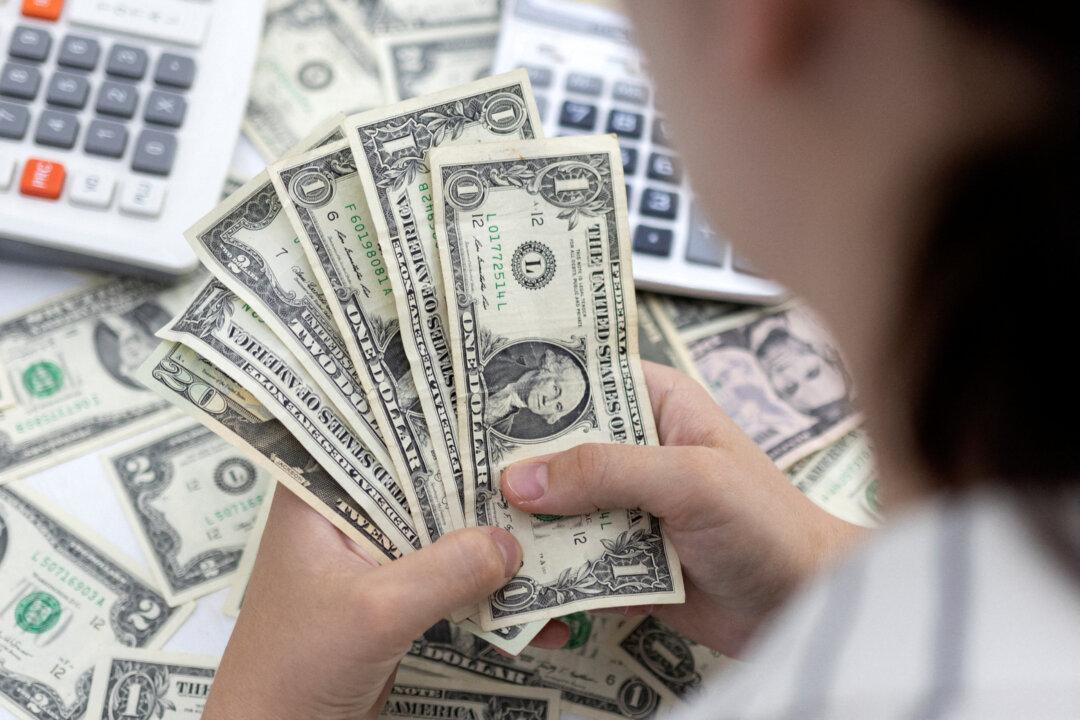LONDON—The dollar hovered around seven-month lows on Friday as a slew of data feeds concern among investors that an economic slowdown could be unavoidable, while a bout of profit-taking forced the yen to retreat.
The dollar edged up 0.2 percent against a basket of other major currencies to 102.17, holding narrowly above Wednesday’s seven-month lows.





